Most of us have read the famous story about Jeff Bezos’s cross country trip from New York to Seattle. Bezos founded Amazon.com in 1994, writing up the Amazon business plan on the way. Jeff’s important advise for startup company or any company is to write up the business plan.
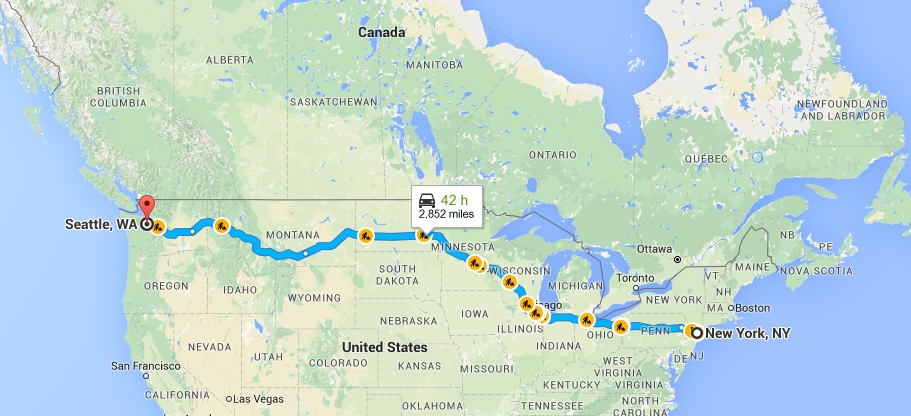
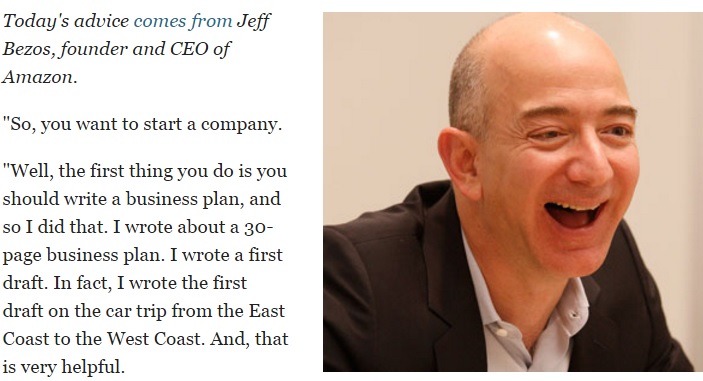
Now if Jeff Bezos has done it, and become one of the most successful entrepreneur in the internet era, why not just do it ? By writing it down, you will certainly get a lot of clarity and reference point for what you want to achieve….
Here are some thoughts of what and how should this business plan be written to become a continuous reference point for your startup and growth story. The examples and references of this is more on Software Products in B2B (Enterprise) based on my own experience of writing business plans and working with startups whom I have mentored, however many of this can be relevant for Software Product in B2C (consumer) as well. Also this business plan should be ideally written by founder or a product manager…
What it is and some guidelines?
- It’s an internal and confidential write-up – Don’t confuse it with presentations and business plans to be shared with people who will fund this – that should just be a subset of this
- Is reference plan, and should be revisited frequently to change
- Prepare it in word /excel, bit free form with text (power points constraints you)
- Prepare atleast 3 scenarios – aggressive, best estimate, conservative plans
- Do it for 1 year (short term – in greater detail), 3 years (medium – bit higher level) and 5-10 years (long – very high level) – Remember Bill Gates quote “Most people overestimate what they can do in one year and underestimate what they can do in ten years.”
- Write it free form, and then organize it later, go through several iterations, review, review and review
Start with a summary:
Like an executive summary, this is the place you start jotting down the highlights of your road ahead – covering Introduction of yourself and the team, your idea, product space, history and market definition (presuming you have researched it), clear USP & value, challenges & risks, and overall KPIs that will come out of the rest of the business plan. The summary is most likely to change once you have written the rest of the plan.
Customers & Personas:
Who are the users, what are their current problems and how does your solution solve this problems.
Who pays for the software, what are their challenges and what are their company /career goals that the software would help solve
What are the financial/non financial benefits for the customer based on using this product or the cost reduction using the software, measured by productivity etc. Can there be a customer ROI estimated
Market:
Define the market category and market size ie today, and in the future that you want to focus. Try to break down into 2 – 3 levels of hierarchy and in a multi dimensional way by Business type /Geography / Revenue potential of customer/Size of the customer or any other business context.
Define the share of the market you would like to achieve of the market size, on key market segments in 1/3/5 years. What’s the customer IT spends planned for solving such problems
Market is the most key aspect that is going to drive you to successful product, so understand the potential market, research and put it in there
Product:
Now on to the product – write up about the product, to cater to the above market opportunity, with lot of details and value propositions, differentiations and what problem it solves.
Whether the product you are planning is a pain killer, vitamin or vaccine…
Product priorities and use cases – focus is the key, focus on the key market, focus on the design and so on and so forth…
Product Roadmap – at level 1 (vision), at level 2 (product category ) , at level 3 (feature /function level). Product roadmap is your product in the growth face
Competitors and other players in the market, and what they have today, in their roadmap or what they are trying to do. Your differentiation against each of them,plans to differentiate. If you don’t know it, some tips for this are here
When will your product be available , the minimum viable product and is there enough time to get the baby out ?
Monetization:
How do you plan to monetize your product, don’t build a plan that ignores monetization.
Revenue and Customer Goals – Quarterly, yearly and medium/long term goals, subscription revenue including projection of drop offs etc.
Pricing model description – different options to be considered, domestic vs international, subscription based vs fixed etc
Risks , probability and dependencies to achieve these goals
Technology:
Explain the technology used for the product, how it would scale, Ux differentiations, clear differentiations due to tech architecture, performance, simplicity, implementation effort. Important this is not technical architecture , so keep this high level.
Talent:
What the skills required to sustain the business – development, design, sales, customer support, channels marketing etc. Challenges & risks associated with this.
Identify gap in availability of talent.
Layout if its important for you to relocate to be successful, due to availability of talent. Place is super important for success – what are the options – what are the pros and cons.
Customer support & feedback:
What is the strategy around customer support & feedback, how product roadmaps are affected by feedback. Level of engagement required initially and as the product matures.
Past learning’s from customers, what went right and what went wrong. How was it addressed?
Challenges of remote support and how it was addressed /planned to be addressed
Draw your effort, cost and cash flows:
You don’t have be finance person – its like putting forth your personal finances, or just google for templates – put together your estimate of people cost, server /cloud Operating costs, sales & marketing costs, other infrastructure cost – space/communication/support/software etc, any other expenses required to do scale the product. Link this with your monetization plan, to ascertain your overall profit or loss over the years.
As you see above, there is a lot that can be written up – as you write up in detail, your thoughts on what you are setting forth gets clearer….
But don’t worry if what you plan is not exactly how it’s all turning out to be in reality…..but its important to have a plan, adjust it for reality…
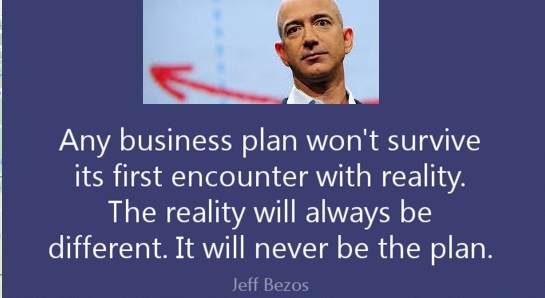
So now pack up and start off on your cross country trip from Mumbai to Bangalore, to write your Business Plan in Bezos style !!!


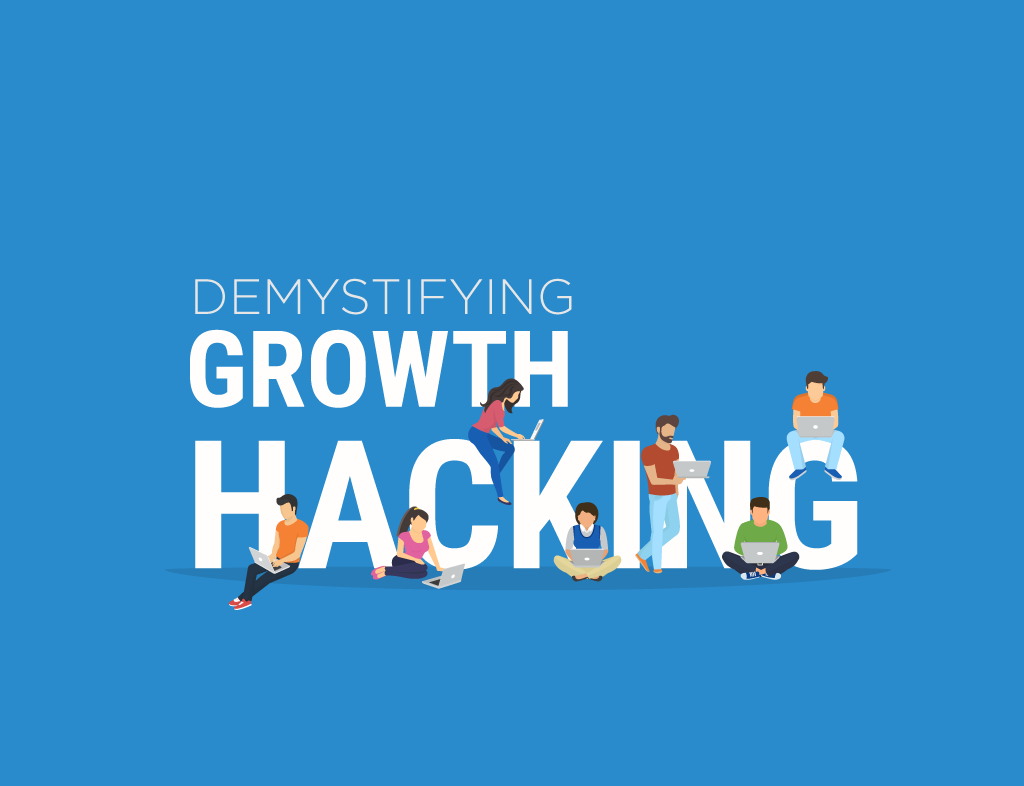
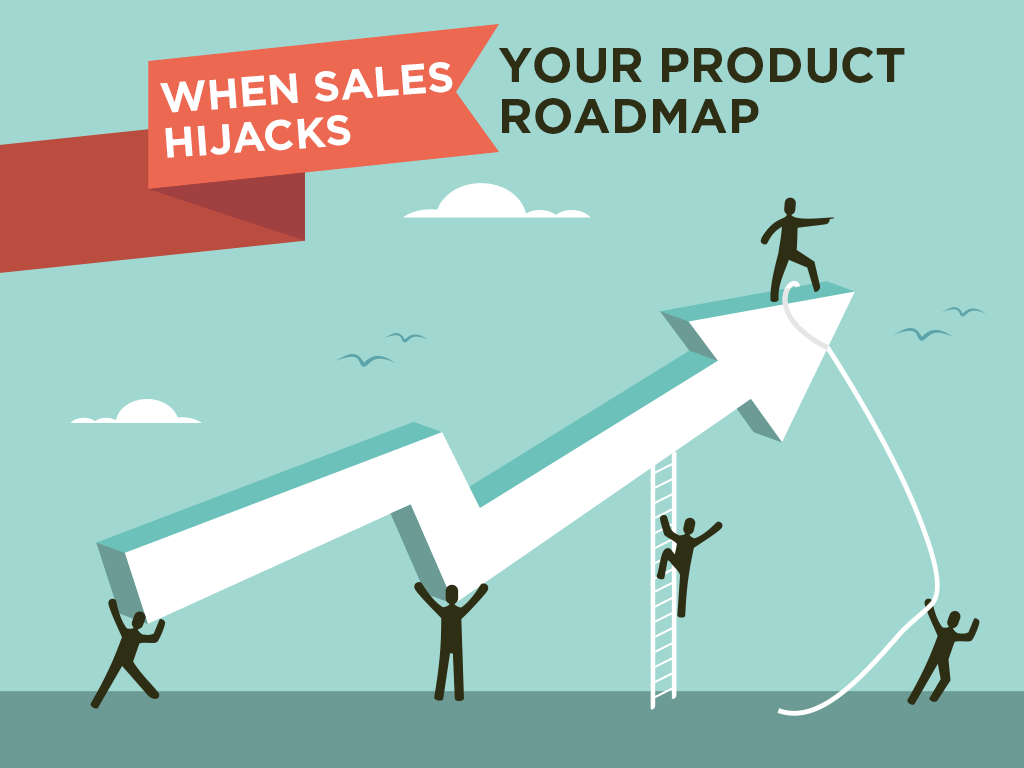

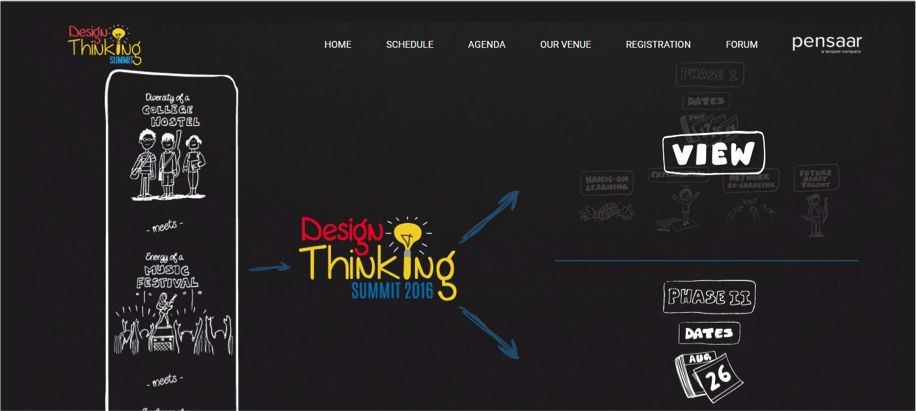 ‘Preparing for glory’- Like the Spartans, Pensaar too is setting stage for the ultimate revolution. The UnConference, Phase-ll of the Design Thinking Summit is gathering traction and building from a 60+ gathering at Phase-l to now include 300+ participants.
‘Preparing for glory’- Like the Spartans, Pensaar too is setting stage for the ultimate revolution. The UnConference, Phase-ll of the Design Thinking Summit is gathering traction and building from a 60+ gathering at Phase-l to now include 300+ participants.



 Not surprising that companies (of every shape, size and origin) are struggling with innovation. Good work is happening, the right interventions are being made but these interventions are happening in silos. One is left with the feeling that “some secret sauce is missing”. Is there a secret sauce? And is it missing?
Not surprising that companies (of every shape, size and origin) are struggling with innovation. Good work is happening, the right interventions are being made but these interventions are happening in silos. One is left with the feeling that “some secret sauce is missing”. Is there a secret sauce? And is it missing?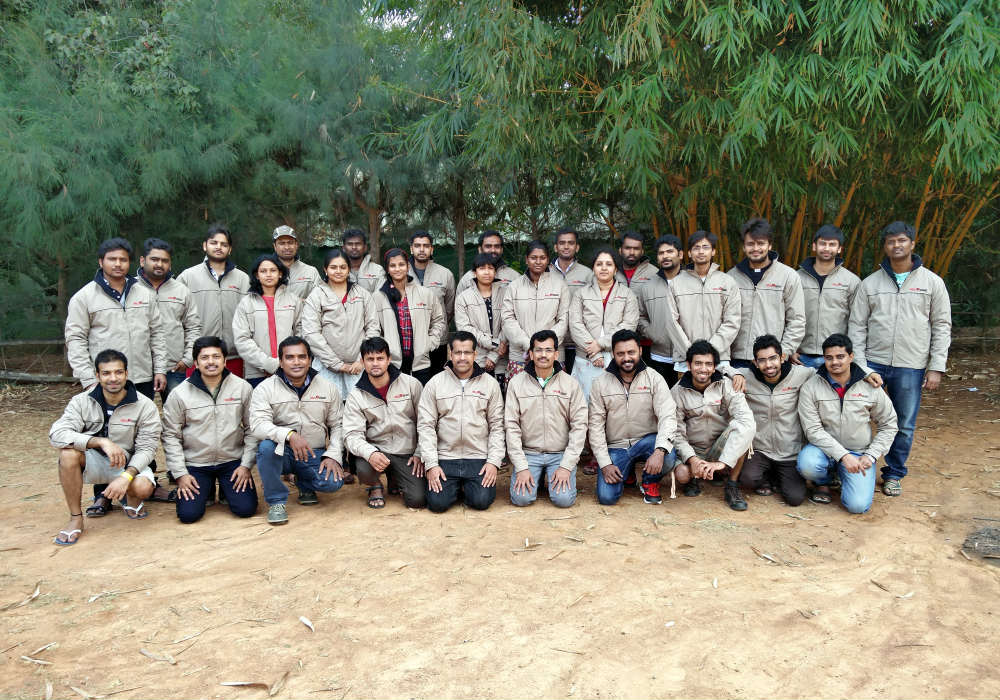



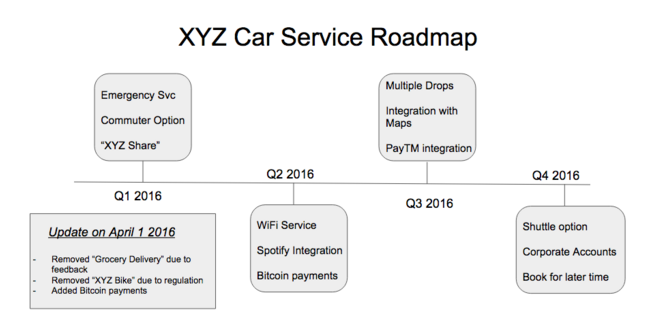 Figure 1 : Example external roadmap for a fictional car ride share company.
Figure 1 : Example external roadmap for a fictional car ride share company. 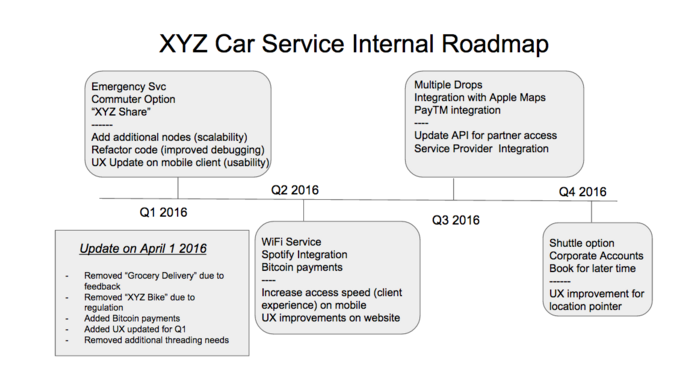

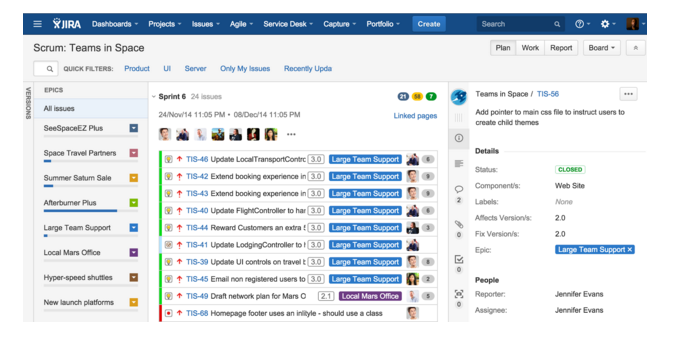 Figure 4: Using JIRA for sprint planning. See
Figure 4: Using JIRA for sprint planning. See 

